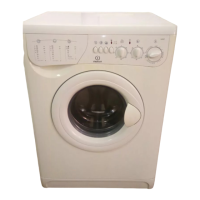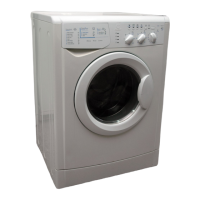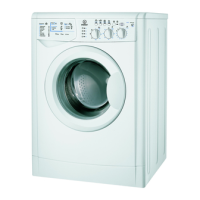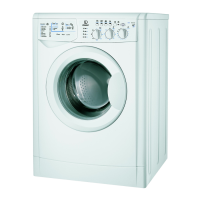Why Indesit WD 84 T Washer/Dryer won't start?
- MMichael SandersJul 31, 2025
If your Indesit Washer/Dryer fails to start, there are several potential reasons: * The door may not be closed properly. Ensure it is firmly shut. * The plug may have been moved; check that it is correctly inserted. * The water supply might not be turned on. The washer-dryer needs water to start a wash cycle. * There may be a water shortage due to work in progress in your building or street. For safety, if the door was open, select one of the stop/reset symbols, then switch the appliance back on.





